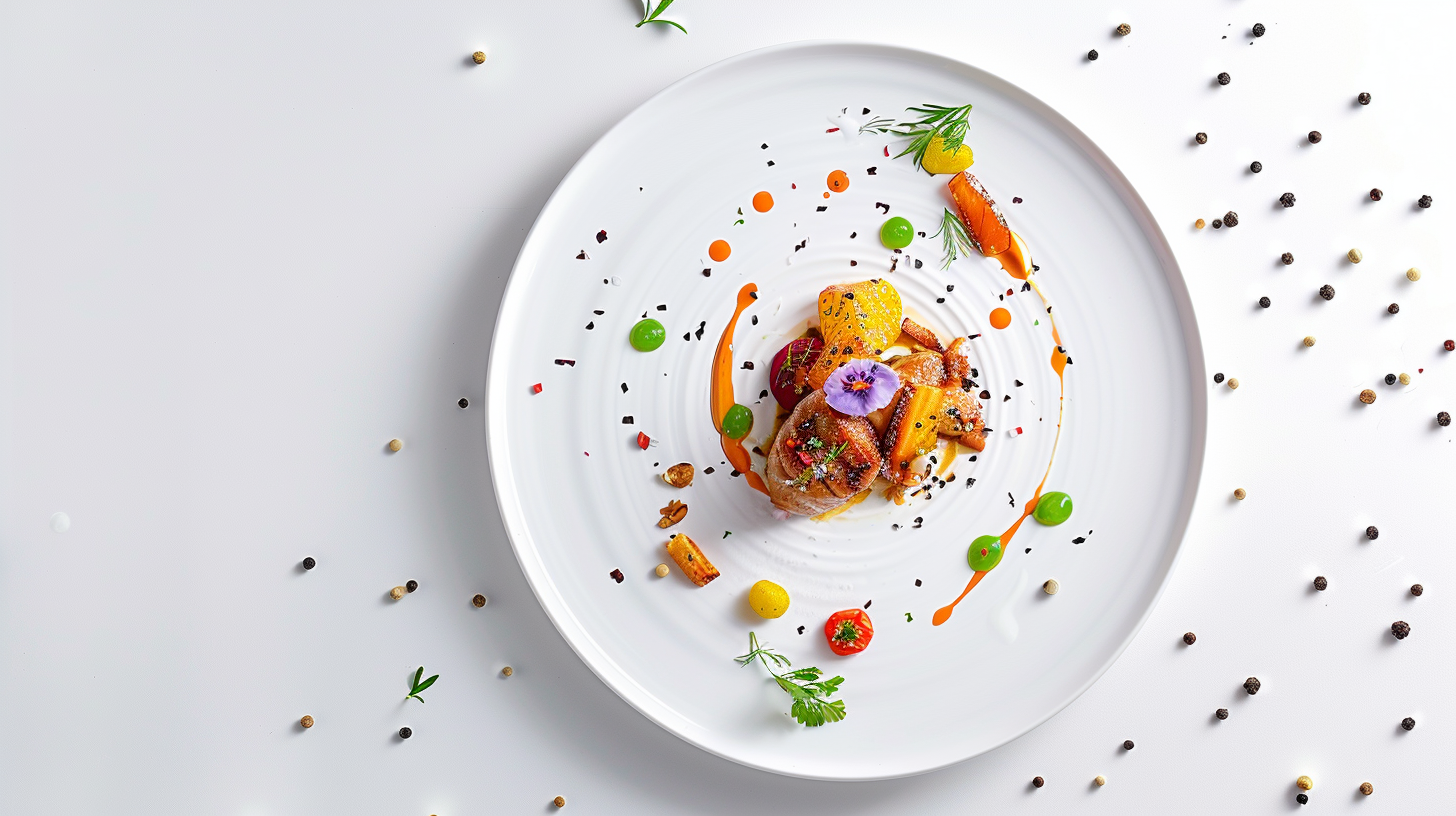The Art of Food Presentation: Tips for Making Your Meals Look as Good as They Taste
Food presentation is the art of arranging, decorating, and serving food in an appealing way. It is not just about making food look beautiful; it also enhances the dining experience and can even affect the perception of taste. In this article, we will explore the importance of food presentation and provide tips on how to make your meals look as good as they taste.
Importance of Food Presentation
The way food is presented can significantly impact how it is perceived by diners. A well-presented dish can whet the appetite and create anticipation for the meal. On the other hand, a poorly presented dish can be unappetizing, no matter how delicious it may be. Food presentation is especially important in restaurants and food service establishments, where first impressions are crucial.
Basic Principles of Food Presentation
Food presentation is a crucial aspect of the dining experience, affecting customers' perceptions of taste, value, and overall satisfaction123. Here are some basic principles of food presentation:
Create a framework: Start by visualizing the plate and sketching out your design.
Keep it simple: Focus on one main ingredient and avoid clutter, which can distract and overwhelm diners.
Balance the dish: Play with colors, shapes, and textures to ensure the presentation is not overpowering and complements the flavors.
Get the right portion size: Ensure there is the right amount of ingredients and that the plate complements the dish without being too big or small.
Highlight the key ingredient: Make the main ingredient stand out and pay equal attention to other elements on the plate, such as garnishes and sauces.
Use the plate as a canvas: Arrange food items using the rule of thirds and entice the eyes with visual stimulants.
Consider plate size, color, and style: Choose the right plate to make your meal stand out and enhance the overall presentation.
Play with height and texture: Create height on the plate and play with textures to add visual interest and depth.
Garnish to enhance both appearance and flavor: Use garnishes to complement the dish and add an extra touch of elegance.
Express yourself: Approach food plating as an art form and find your own unique style and voice.
By following these principles, you can create visually appealing and delicious dishes that will leave a lasting impression on your diners.
Note: You have to ensure the main ingredient stands out, but also pay equal attention to other elements on the plate such as garnishes, sauces and even the plate itself.
Tools and Techniques for Food Presentation
Plating Techniques: Learn various plating techniques, such as stacking, fanning, and molding, to create visually appealing dishes.
Garnishes: Use edible garnishes, such as herbs, flowers, and citrus zest, to add color and flavor to the dish.
Use of Sauces: Drizzle sauces or purees on the plate to add visual interest and enhance the flavor of the dish.
Plate Selection: Choose the right plate or serving dish to complement the food being served.
Creative Food Presentation Ideas
Edible Flowers: Use edible flowers to add a pop of color and elegance to your dishes.
Stacking and Layering: Stack or layer ingredients to create height and visual interest.
Deconstruction: Deconstruct traditional dishes and present them in a new and creative way.
Play with Height: Use props or stands to elevate certain elements of the dish.
Using Different Textures: Incorporate a variety of textures, such as crunchy, creamy, and soft, to create a more interesting dish.
The presentation of food significantly affects the dining experience and can even enhance the taste of a dish, as shown in a study by Oxford psychologist Professor Charles Spence. In the study, 60 participants rated their experience of three salads with identical ingredients but different presentations: one was haphazardly arranged, one was neatly organized, and the third was plated to mimic a Wassily Kandinsky painting. This suggests that visually appealing food can positively impact the perception and enjoyment of a meal.
Tips for Photographing Food
Lighting: Use natural light or diffused artificial light to illuminate the dish evenly.
Composition: Pay attention to the composition of the shot, including the arrangement of the food items and the background.
Angles: Experiment with different angles to find the most flattering view of the dish.
Props: Use props, such as utensils, napkins, and tableware, to enhance the composition of the photograph.
Conclusion
In conclusion, food presentation is an art form that can enhance the dining experience and elevate a dish from ordinary to extraordinary. By following the tips and techniques outlined in this article, you can learn how to make your meals look as good as they taste and impress your guests with your culinary skills.







